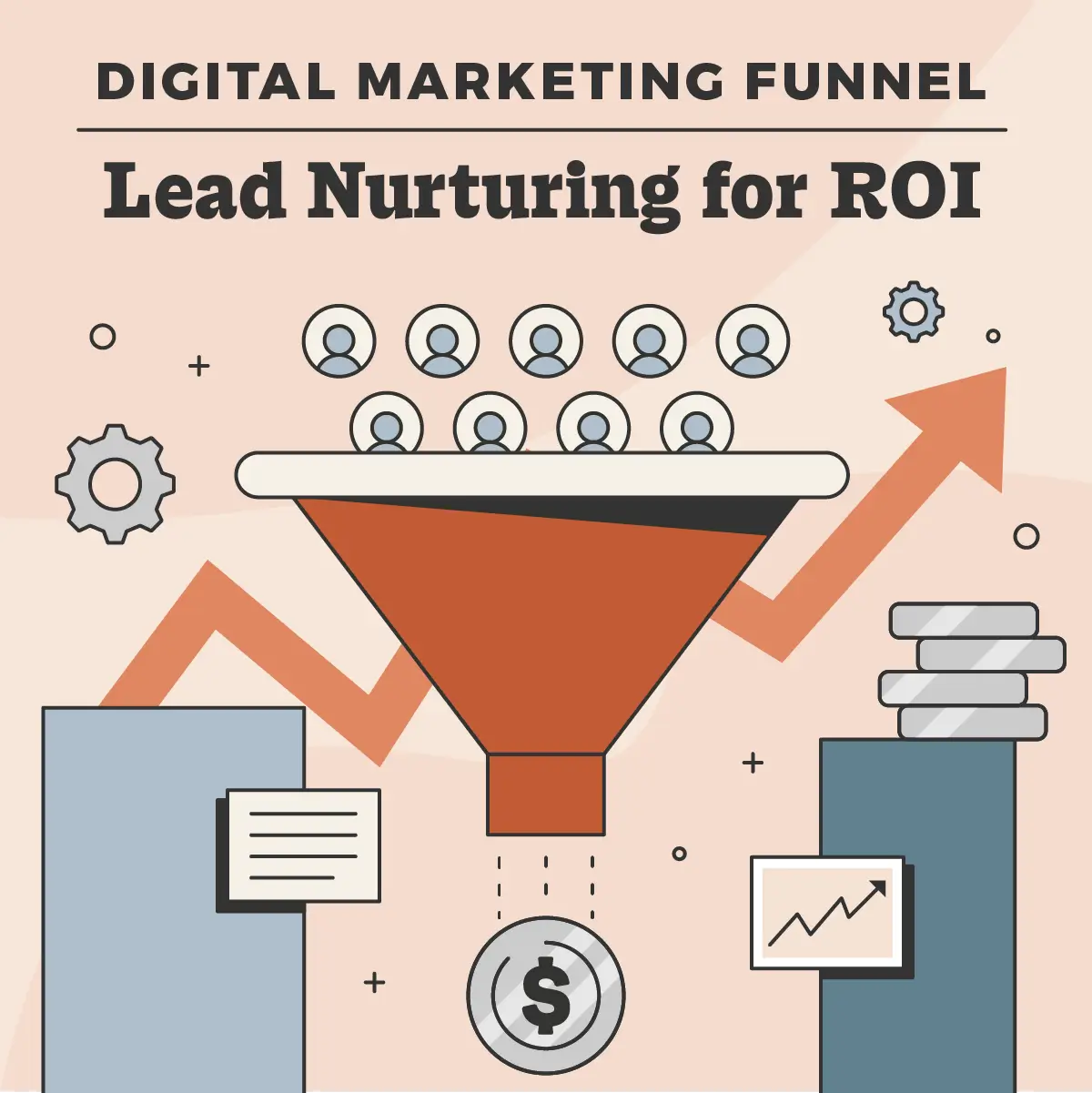6 Steps to Fixing a Leaky Sales Funnel with Outbound Efforts

Like any funnel, your sales funnel won’t be effective if it’s filled with holes. The more opportunities people have to drop out along the way, the more likely they will be to take them, even if only accidentally. A leaky sales funnel is a huge setback. It decreases revenue, decreasing both the volume and quality of customers that make it into and through the funnel. Fortunately, it’s also an easy problem to fix.
Before you can start finding solutions, of course, you’ve got to figure out what is causing the leaks. Think of it like a pipe. If a plumber comes to fix a leaky pipe and all they do is block up the holes as a short-term measure, not only will those leaks come back, but they will also continue to worsen over time. On the other hand, if the plumber replaces the pipe entirely and eliminates the leaks, there shouldn’t be issues for many years.
It's time to stop plugging the holes and start taking a proactive approach to refining the sales funnel. That starts by knowing where the leaks come from and why they happen.
Why is my sales funnel leaking?
Although every business will have different leaks and difficulties in its sales funnel, there are some common issues that everyone experiences. If your sales funnel is broken, it could be due to:
- Poor processes
- A poor value proposition
- Bottlenecks in the funnel
- Low-quality or no CTAs
- Inconsistent marketing messages
Now, let’s look at how to resolve those leaks once and for all.
Step 1 – Refine your ideal customer profile
One of the biggest reasons that companies have leaky sales funnels is that they’re not marketing to the right customer in the first place. Whether they have an inaccurate ideal customer profile (ICP) or they just don’t understand buyer personas and how to define them, it costs companies tons of business every single year.
Before you go any further into the funnel, stop and revisit your ICP and buyer personas to ensure you’re reaching out to the right audiences.
Step 2 – Re-evaluate your unique value proposition
Another area where companies struggle is to connect their unique value proposition (UVP) to the product or service, which isn’t going to impress leads. Is your UVP:
- Relevant?
- Aligned with your business goals?
- Aligned with customer pain points and needs?
- Offering something unique and better than the competition?
If not, it’s time to rework this so you can answer “yes” to each question. More importantly, a solid UVP will ensure that people know exactly what they’re getting and have fewer concerns or hesitations as a result.
Step 3 – Use data to analyze your sales funnel
This can help you identify where leaks are happening and why they occur. There are several tools that you can use, from your CRM to AI data collection tools, that can help you get all kinds of valuable data. Then, you can review prospecting data, insights about your marketing funnel that may impact your sales funnel, and more.
Step 4 – Refine your KPIs and metrics
Yet again, we often have companies tracking the wrong metrics and reading the least useful reports in their CRMs and sales platforms. When you use the technology available today, one of the biggest selling points is that you can customize reporting and analytics to the exact needs of your business. And yet, so many companies aren’t doing this.
Take a minute to review the KPIs and metrics you’ve been tracking. Why are they important to you? If you’re watching these, where are leaks coming up in the sales funnel, and where do you need to direct your attention instead? This is easy to resolve. Make sure your analytics align with monitoring your progress toward your goals.
Step 5 – Improve lead nurturing
When you are nurturing your leads more effectively, you will be able to make sure that the right customers end up in the sales funnel at the right time. Lead nurturing is the process of guiding and supporting leads along their journey as they become closer to customers with each touchpoint.
This allows your sales team to ensure that the right people end up in the right place in the sales funnel, no matter their needs or pain points. It also allows you to weed out bad leads, stopping those bounces and leaks from even making it to the funnel in the first place.
Step 6 – Experiment, test, and tweak
Once you’ve implemented some of the changes mentioned above, it’s time to test your efforts. You can use A/B testing and other resources to see how your new sales funnel works and whether you’ve effectively resolved the issues. If you’re unsure which solution is best, you can implement both and then see which performs more effectively.
Many companies get all the way to this step but instead skip ahead to being “done” without any testing or revising of their efforts. That spells disaster because you’ve spent all this time and effort (and money), and it might not even make a difference. Test. Tweak. Repeat. You’ll thank us.
When the leaks are fixed, can you handle the flow?
At Smith.ai, we know that your sales funnel isn’t the only thing on your mind. Our virtual receptionists can alleviate some of the load, acting as your 24/7 answering service so you can keep funneling those leads along. We can also handle appointment scheduling, lead intake, and support for outreach campaigns to improve those leads in the first place.
Ask about our AI voice assistant that can impress your customers and perhaps even create conversions where they weren’t before, as well. To learn more, schedule a consultation or reach out to hello@smith.ai.
Related Posts

















.svg)
